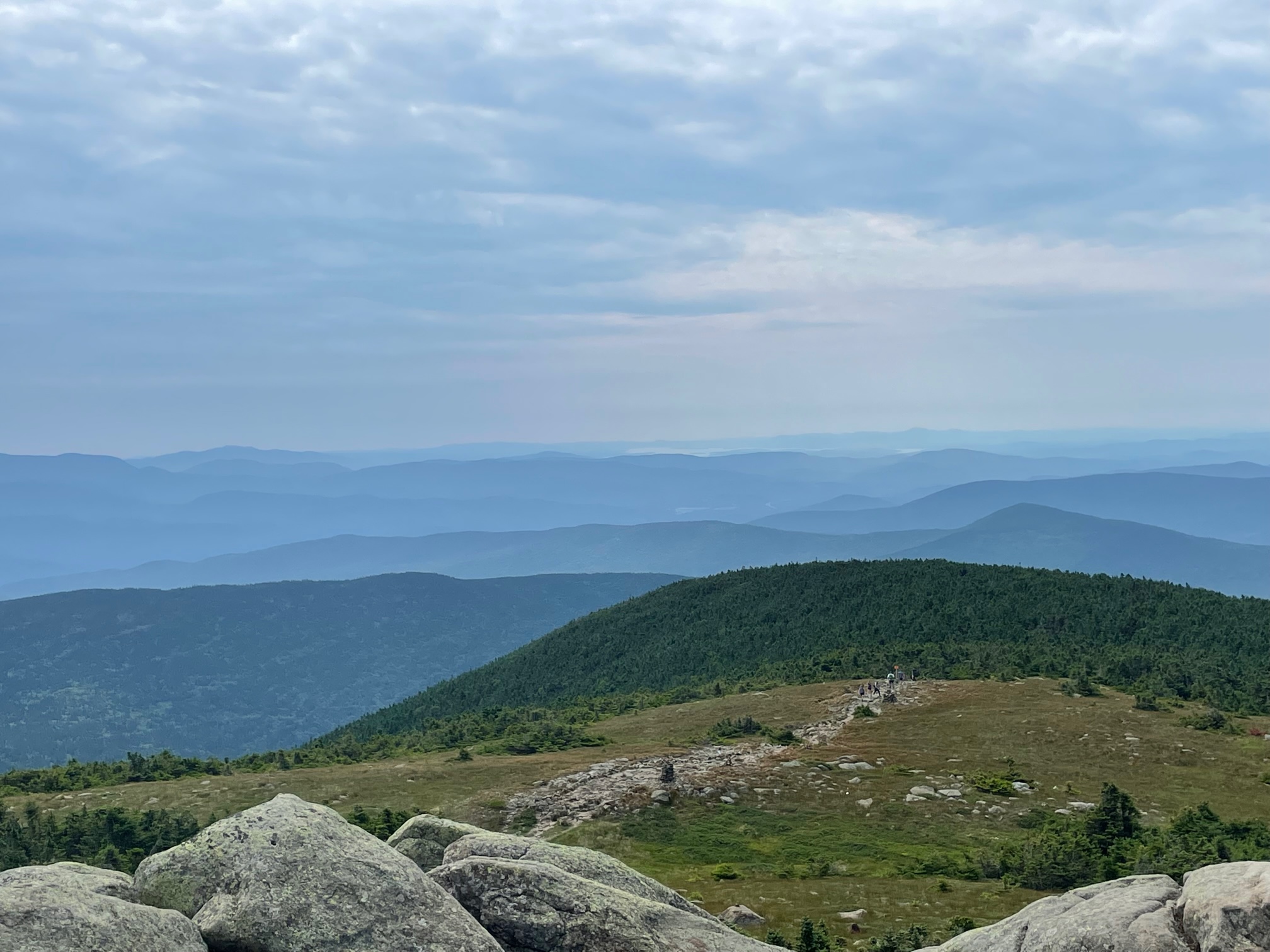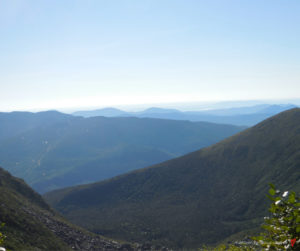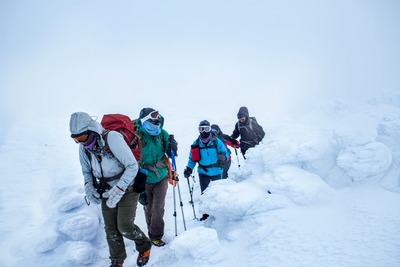
Take a Hike
With summer in full swing in the Northern Hemisphere, there’s no better time to take a hike than now. Hiking is a fantastic choice for reducing stress and engaging with nature. Rain, snow (those pesky mountain tops above the alpine line keep us guessing), or shine, you won’t regret the decision with proper gear and precautions.


For professional insight, you can read the Five to One post, The Appalachian Trail with Whoopie Cat, who thru-hiked the trail in 2015. And below are my seven favorite items to bring on a day hike. Of course, yours might be different, so to that end, research.
Let the fun begin
1. Sturdy footwear. Wear sneakers or boots or pick galoshes if rain is afoot. (Pun courtesy of Jordan Roberts from Trail of the Heart). Whatever you choose, be sure they’re broken in enough to ensure they don’t rub your feet the wrong way. A small blister can feel like a mortal wound when you’re miles into a long walk up mountains and down into valleys.
2. Layers. Not enough can be said about wearing layers. The closest to your skin must be of a wicking fiber from synthetic material like polyester or nylon. No cotton, as the adage, “Cotton kills,” warns. The natural fabric holds onto moisture, causing friction, leading to chaffing and pain. Wool is the perfect middle layer and can keep you warm even if it gets wet. It gets heavy too, but a good wring-out should help. Finally, the last layer should be rain-resistant, if not completely water-proof. It will protect you from being soaked and stop the wind from cutting through to your bones. Remove layers as needed as you or the day heats up.
3. Trekking Poles. The younger you are, the more likely you believe trekking poles are for sissies, a myth that could not be further from the truth. The majority of seasoned hikers carry them and use them for various reasons. Besides helping you navigate the trail, saving your joints—knees in particular—in the process, they can double as tent poles in a pinch or a splint in the case of a medical emergency.


4. A backpack with external pockets. Nothing is more frustrating than digging through your extra layers, first aid kit, backup water, emergency flares—you get the picture—to access your TP when you really have to PP. Keep the things you’re most likely to access the least in the large compartment and use the smaller pockets to store your phone, snacks, and water. Odd tip—If you wear a bra, use a large safety pin to attach your car keys to the strap. You’ll unlikely leave the mountain without that article of clothing, so you’ll know your ride home is guaranteed.


5. Food and water. Few pleasures exist that equal a meal enjoyed outdoors, especially after working up an appetite. Bring what you love and check your map for water sources. If you have access to potable/processed drinking water, great. You can fill it up as needed. If not, consider bringing a small water filter, such as the Sawyer Squeeze that twists directly onto Smartwater bottles, or iodine tablets in case you need to decontaminate the water from a stream or other natural water source. Running out of food is generally okay. Running out of drinkable water is not.


6. First-aid kit. It doesn’t have to be large but should include the basics: sunscreen, bandaids, alcohol wipes, and some gauze—antibacterial gel, such as Purell (like you don’t already carry it), ibuprofen, and Benedryl. You never know where the critter that just landed on your arm has been or if you’ll have a reaction to its sting.
7. A great attitude because you have a solid plan. Hiking has the potential to become a favorite hobby, which is not always synonymous with easy, and staying positive goes a long way. Many things happen on hikes, from viewing breathtaking vistas and incredible moments of witnessing wild animals in their element to slips, trips, or falls. Leave yourself plenty of time to enjoy the day and get off the trail before nightfall. Ensure someone off-trail knows where you are hiking and the time you’ll return, and check in to let them know you arrived home safely. You planned well. Now it’s time to soak in all the wonder of this day, communing with the natural world.



